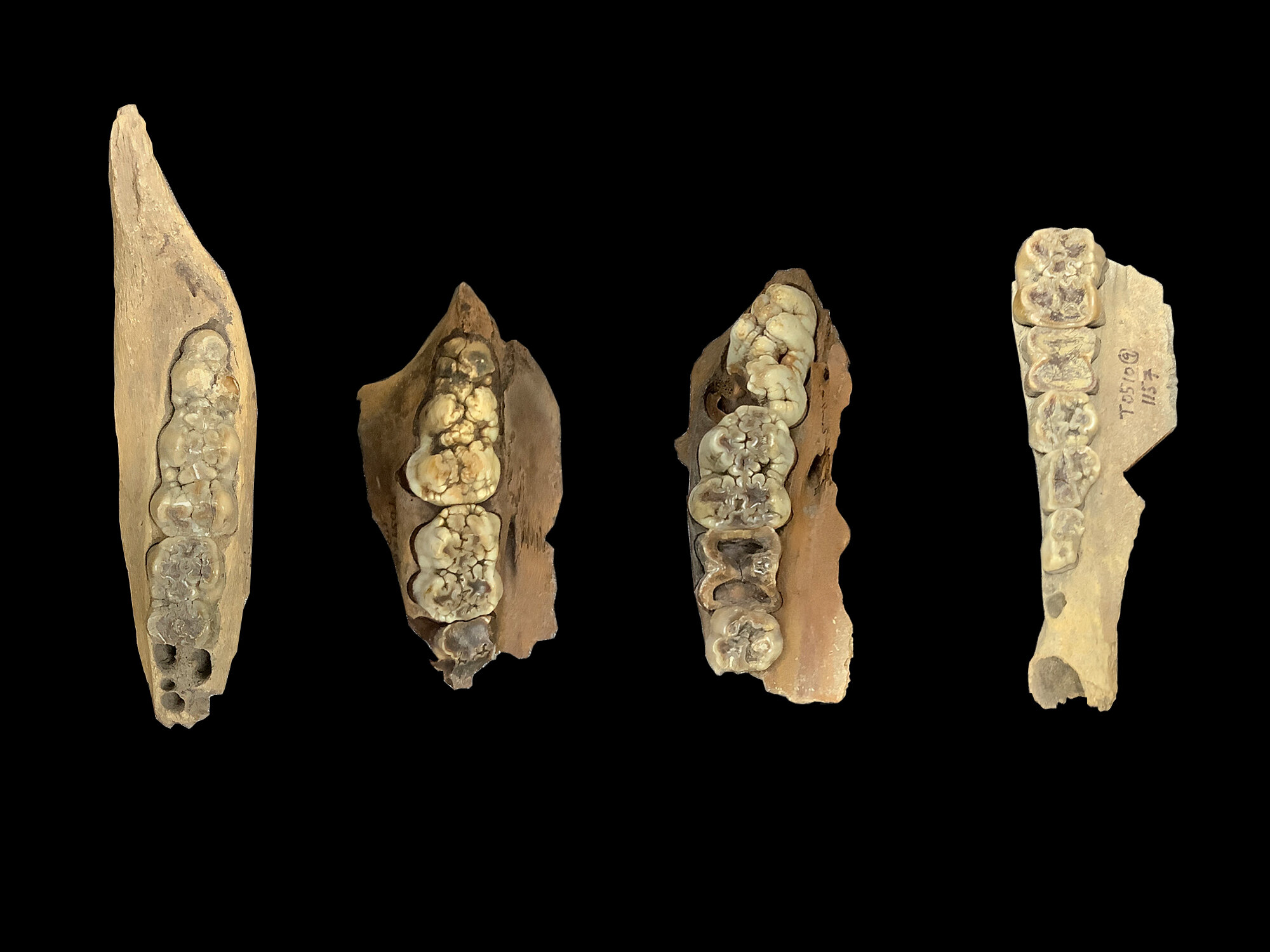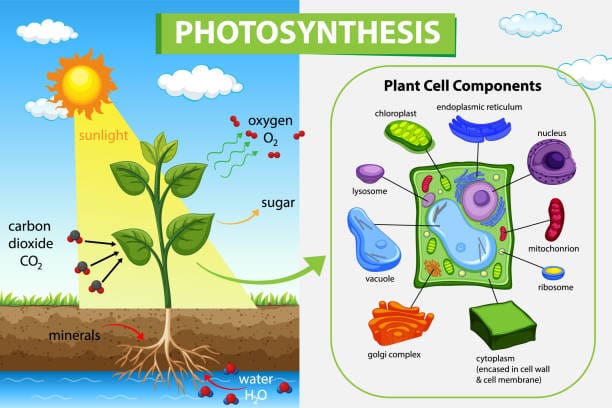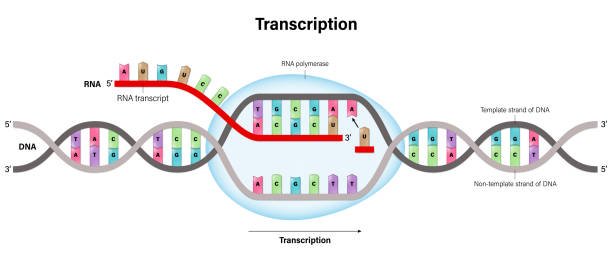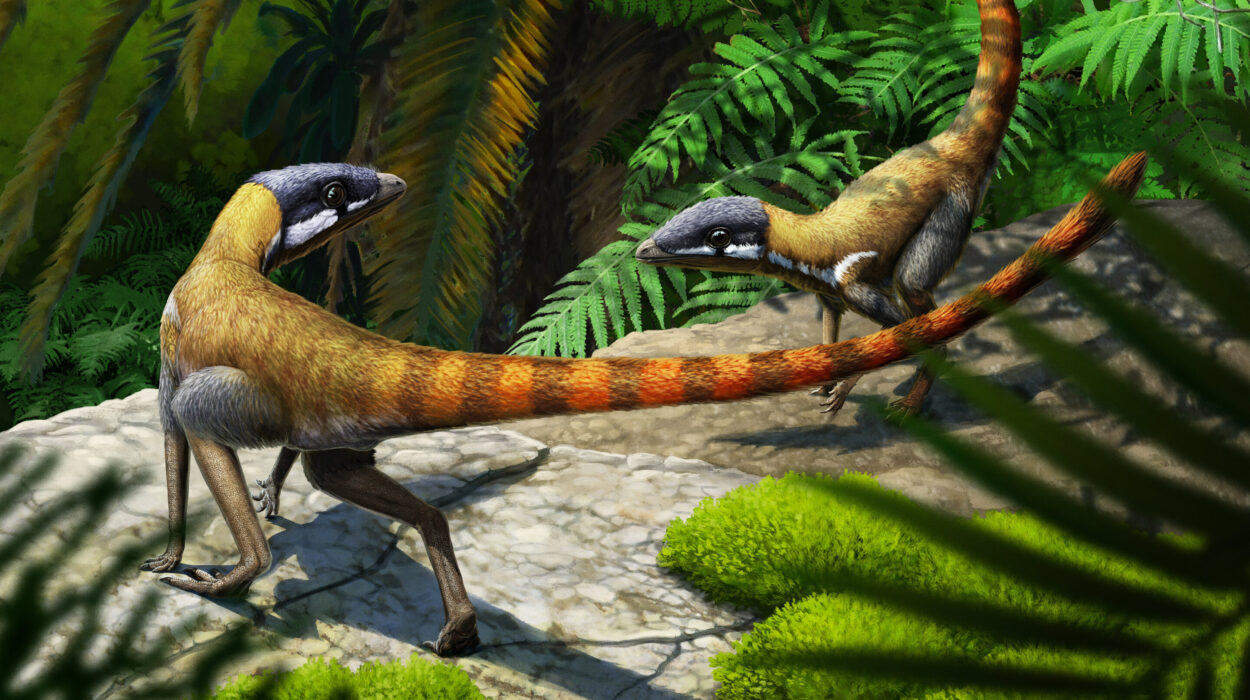They came for the leftovers—and stayed for civilization.
In the humid river valleys of South China, long before recorded history, wild boars wandered into early human settlements. They were drawn not by human companionship, but by the irresistible scent of cooked rice, discarded yams, and food scraps tossed to the side. Over generations, their wildness softened. They grew smaller. Their teeth changed. Their brains shrank. They stopped fighting the forest and began following the fire.
Now, a groundbreaking study led by researchers at Dartmouth offers the clearest evidence yet that pigs were first domesticated in South China approximately 8,000 years ago. Published in the Proceedings of the National Academy of Sciences, the research marks a major step forward in understanding how these intelligent animals became some of humanity’s earliest animal partners.
“This is the first direct evidence that ancient pigs were eating cooked human food—and living alongside people in a close relationship,” says lead author Dr. Jiajing Wang, assistant professor of anthropology at Dartmouth.
Tracing Domestication Through Ancient Teeth
Archaeologists have long suspected China as one of the birthplaces of pig domestication, but pinning down exactly when and how it began has proven difficult. Traditional methods relied heavily on the study of bone size and shape, which only reflect changes late in the domestication process.
So Wang and her team turned to a different kind of record: dental calculus.
Specifically, they analyzed the mineralized plaque on the teeth of 32 pig specimens excavated from two Neolithic sites—Jingtoushan and Kuahuqiao—in the Lower Yangtze River region. The sites date back at least 8,000 years and are uniquely well-preserved due to waterlogging, which protects delicate organic material.
Inside the ancient plaque, the researchers found 240 starch granules—microscopic remnants of the pigs’ meals. These starches matched cooked rice, yams, an unidentified tuber, acorns, and wild grasses. Several starches had the telltale signs of having been heated before consumption.
“Pigs don’t cook for themselves,” Wang notes. “These animals were clearly eating human-prepared food, either because they were fed or because they scavenged leftovers.”
The Parasite That Told a Bigger Story
The story didn’t end with starches. In 16 of the pig specimens, researchers also found parasite eggs—specifically whipworm (Trichuris), a common intestinal parasite in humans. These oval, yellow-brown eggs typically mature in human digestive systems.
The implications were striking.
“The only way these parasite eggs got into the pigs’ mouths was through contact with human feces or contaminated food or water,” Wang says. “This reinforces the idea that these pigs weren’t just wandering through the area—they were living right alongside humans.”
Pigs, known for their indiscriminate eating habits, have historically consumed human waste. In this case, their appetite for scraps and sewage provided critical archaeological insight: their gut contents captured a vivid portrait of early domestication.
From Wild Boar to Barnyard Pig
Wild boars, the ancestors of domestic pigs, are large, strong, and notoriously aggressive. But not all boars are created equal. Some, researchers believe, were naturally less fearful of humans. When early settlements began producing steady supplies of food waste, these tamer animals had reason to linger nearby.
“In animal domestication, this is what we call the ‘commensal pathway,’” explains Wang. “The animals are not being actively recruited by humans—they’re drawn in by the resources humans inadvertently provide.”
Over time, natural selection did the rest. Pigs that were smaller, calmer, and more willing to coexist with humans thrived. Skeletal evidence from the study showed that some pigs already exhibited reduced tooth size—one of the hallmarks of modern domesticated pigs.
Interestingly, the team also found evidence of what’s known as the “prey pathway” of domestication: signs that humans were selectively managing certain pigs for food and breeding. In other words, domestication wasn’t just accidental. People were starting to shape pig populations intentionally.
A Mirror to Human Civilization
The domestication of pigs wasn’t a single moment, but a gradual transformation—an interplay between human lifestyle changes and animal behavior. As people shifted from hunting and gathering to settled farming, they reshaped ecosystems, diets, and disease patterns.
In this new sedentary context, animals like pigs adapted quickly. Their relationship with humans deepened—not through force, but through food.
The study also sheds light on the health implications of such close contact. The presence of human parasites in pigs shows how early domestication may have contributed to the spread of zoonotic diseases. It’s a cautionary reminder of the deep and sometimes dangerous intimacy between humans and animals.
“This research gives us a window into the origins of that relationship,” says Wang. “It shows how daily life, waste, and food shaped not only the animals we lived with—but also the world we live in today.”
A Familiar Face Through the Ages
Today, pigs are part of our farms, our food systems, our cultures, and increasingly, our science. They’re used in organ transplant research, in biomedical studies, and have even been considered for use in lab-grown human-compatible organs. Their intelligence is well-documented—often compared to that of dogs or three-year-old children.
But before pigs were tools or meals, they were something else: visitors. Curious, adaptable, and driven by the scent of human cooking, they crossed the boundary from wilderness into the human world. And they never looked back.
This new study doesn’t just confirm the South China origin of domesticated pigs—it deepens our understanding of how early human communities shaped the animals around them, and in doing so, began shaping the world.
In a sense, pig domestication is not just about animals. It’s a story about what it means to live together, to share space and food and risks. It’s a story of civilization.
And it all began, quietly, when a wild boar found a pile of leftovers—and chose to stay.
Reference: Jiajing Wang et al, Early evidence for pig domestication (8,000 cal. BP) in the Lower Yangtze, South China, Proceedings of the National Academy of Sciences (2025). DOI: 10.1073/pnas.2507123122






